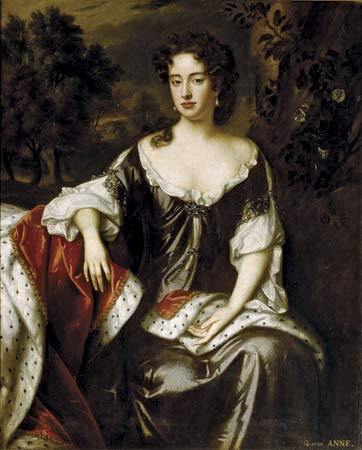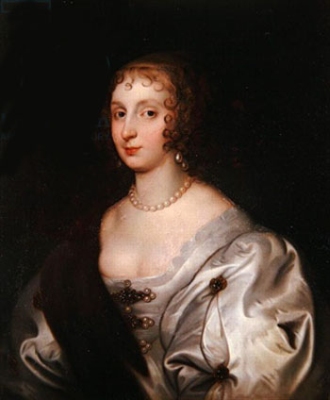First, it is important to note the fact that many playhouses and playgroups had women patrons. Phyllis Rackin observes that "the offstage presence of women would have exerted a powerful influence upon playscripts." She gives such examples as the Queen's Men, under the patronage of Queen Elizabeth,
as well as during the reign of the Stuarts, when "Queen Anne, Lady Elizabeth, and Queen Henrietta all issued patents to the companies that took their names" (46). It seems obvious that if a business venture is being supported by a powerful women, the playwright would take care not to offend their patron by writing disagreeable female characters.
 |
| Queen Anne |
 |
| Lady Elizabeth |
 |
| Queen Henrietta |
One last note: it is clear that there were women of all different levels of society in attendance at the playhouses. That being said, it shouldn't be much of a surprise that while many of Shakespeare's more suggestive lines may make us blush, it would have been something enjoyed by his audience, including women. In fact, according to John Crawford, "writers like Robert Anton and John Davies suggest in their work that women of the time loved bawdy verse, especially verse like Shakespeare's Venus and Adonis, and even wrote such verse themselves" (9). Obviously referring to poetry, it is not a stretch to believe the same could be said of Shakespeare's bawdy humor within his plays. Thus we see that women, instead of being embarrassed or even turned away from the playhouses for including such language, were probably the ones most enjoying it. This idea shows that research striving to prove that women did not attend or even like Shakespeare's work because of his sexual humor is false.
Works Cited
Rackin, Phyllis. Shakespeare and Women. New York: Oxford University Press, 2005.
Levin, Richard. "Women in the Renaissance Theater Audience." Shakespeare Quarterly. 40.2 (1989): 165-174.
Levin, Richard. "Women in the Renaissance Theater Audience." Shakespeare Quarterly. 40.2 (1989): 165-174.
John Crawford. The Learning, Wit, and Wisdom of Shakespeare's Renaissance Women. Lewiston: The Edwin Mellen Press, 1997.
